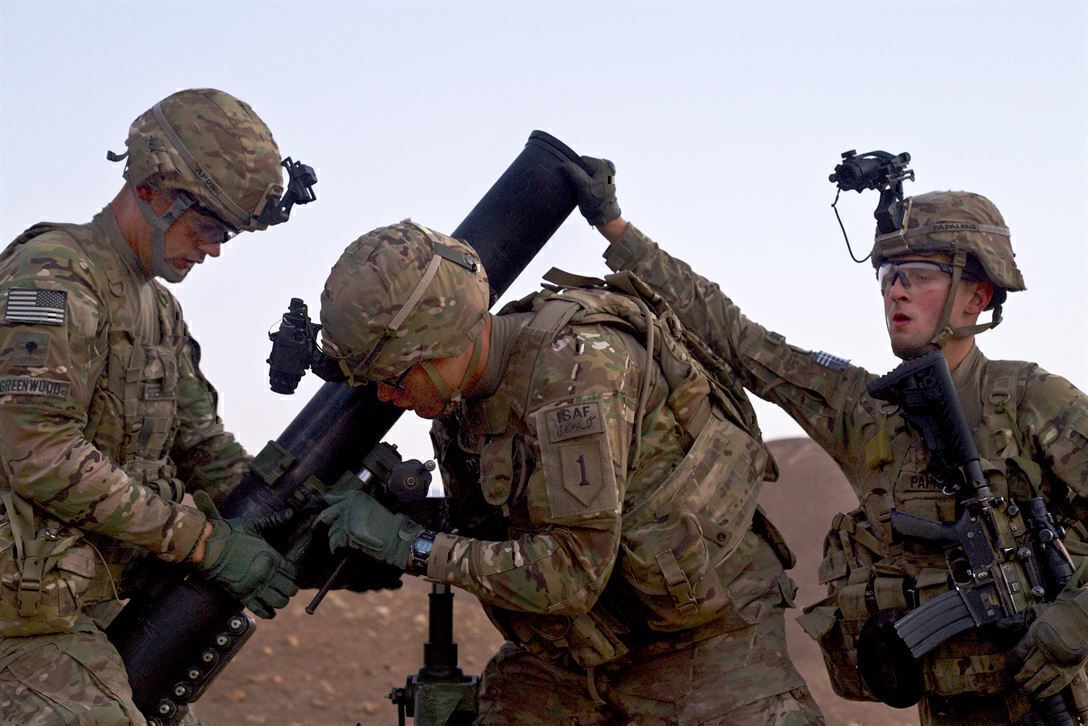NETWORKING WITH LINKEDIN
Finding a job after leaving the military is almost never an easy task. Unless you’re transferring into a civilian field that directly relates to your military experience, you will need to change fields in order to enter the civilian workforce. For many people exiting the military, the transition is into a new industry or one that is similar to the old military position. Even though this change may be difficult, there are some things you can do to increase your chances of landing a job faster.
One of these is networking. We all know people who throw the term “networking” around all the time, but what does it really mean? Is there a specific plan of action that you can follow to network correctly? The answer is … it depends on you! That may not be the answer you want to hear, but there is no step-by-step networking guide that is going to land you your dream job immediately.
You need to do what works for you to build your network. Regardless of your strategy, the process takes time and hard work. This article will lay out one strategy for building your network. It’s not the be-all, end-all of job searching and it does take effort on your part, but it adds value to anyone looking for almost any type of job. It doesn’t matter if your personality is introvert, extrovert, or somewhere in between, this strategy will help you expand your circle of potential colleagues and will give you multiple opportunities to directly connect with people who may be able to help you on your job search journey.
There are three things I recommend for anyone who is within six months of searching for a new job: at least one polished resume that’s been edited and viewed by more than one other person who is not related to you; a flexible cover letter that can be easily modified to apply for a number of different jobs at multiple companies; and a polished LinkedIn profile.
These days, LinkedIn is a virtually indispensable tool in anyone’s job search toolkit. It is your public resume and it is a great opportunity for you to highlight your accomplishments and career successes to the world at large. Unfortunately, many transitioning vets I spoke with don’t take LinkedIn seriously.
Some don’t see the value in it. Others don’t trust it to keep their information safe. And I’ve even encountered some who believe a spam bot from overseas will put them on some nefarious mailing list and flood their Inbox. This is not the case! Please hear me out; it is an essential tool and one that can be of great benefit to you if you leverage it correctly.
Create Your Account
First and foremost, create your account. One tip I recommend for current service members who are close to transition is to create a private email address using Yahoo! or Gmail right away. The messages sent to your LinkedIn account will be forwarded to this private address. Veterans often lose access to old military email accounts after they separate from the service. To avoid a gap in communications and a lot of headaches, create a private email address if you don’t already have one.

Add Your Profile Picture
LinkedIn gives you the ability to add a picture to your account. Unless you are applying to jobs outside of the United States, you generally can’t and shouldn’t do this on a resume. But adding a photo on LinkedIn is a great opportunity to prove to any potential hiring managers out there that you are a real person with a real face!
This picture doesn’t have to be overly formal or taken in your dress uniform, but it should definitely be business casual. Do keep in mind that this isn’t Facebook so no photos of spouses or kids. And definitely no photos of you in circumstances that you wouldn’t want an employer to see. Keep it classy and smile! I’ve heard from multiple recruiters and hiring managers that a good photo and a smile in your profile can do wonders to enhance your likability!
Add a Background Picture
LinkedIn also gives you the ability to add a background photo. This isn’t as important and you’ll be just fine using the LinkedIn default option. However, if you have a cool picture that relates to your time in the military or one that relates to the type of job you’re after, feel free to use it here as long as it’s semi-professional.
List Your Job Title
The next important item is your job title. I recommend translating your military title to the civilian title you want here. You can use this space to put something like “Transitioning Veteran Searching for Supply Chain Manager roles,” to let everyone know you are on the hunt for a new job, but use this language sparingly.
LinkedIn Summary
The Summary section is a great piece of LI real estate that is often underutilized. You can use this block of text to put a summary of what you’ve done and list what you’re looking for. Take some time with this section as it can really add a lot of value to your profile. Don’t copy and paste your resume here! This is a chance for you to tell a concise story of who you are and what type of job you’re looking to get. Think of it as your 30-second elevator pitch.
List Your Experience
This section is relatively straightforward and can be copied from sections of your resume. If you’ve been in the military for over 10 years, I would recommend breaking this section down into the various titles you’ve held. Here, list your experience and translate it into civilian terms so the recruiter knows what you’ve done.
Recruiters typically don’t spend too much time reading into this, they will instead focus on job titles. If a job title grabs their attention, they might look at the details of what you did when you held that title. Remember to be specific in the titles! Don’t just say “Program Manager.” What kind of Program Manager were you – HR, IT, Personnel? Be specific and, again, list the titles you are going for in your civilian job.

List Your Education
Again, straightforward. List it along with any distinctions you earned during your schooling.
LinkedIn Endorsements… meh…
Don’t get hung up on endorsements. Don’t ask for endorsements. The big secret is – these don’t really matter… Endorsements are not the same as recommendations and they tend to be treated as fluff. They may help a little when it comes to recruiters searching for you on LinkedIn, but if you have the keywords in your profile already, that is more than sufficient. Focus on your resume and experience instead.
List Your Accomplishments
Brag a little here and list what you’ve accomplished. Again, recruiters don’t spend too much time on this area, but it certainly doesn’t hurt.
LinkedIn Interests
Select what you want, but few recruiters care about your interests. Having said that, there is a HUGE upside to interests. You can join various groups that are related to your job search field and begin your networking through them.
The absolute best way to do that is to contribute to discussions within the group, or to comment (intelligently) on articles that are posted in these groups. If you can answer questions in the Widget Manufacturing Group with authority, do it! This is a great way to get noticed and start building your connections. Don’t limit yourself to only veteran groups.
This is a great place to start networking with other vets, but be sure to join industry groups for your target job. Again, answering questions in these groups is a great way to get noticed and to build connections in your target industry.
Building LinkedIn Connections
The key to building connections is sending out invitations through LinkedIn. Do not spend money on Premium InMails to send long messages to potential new contacts! This is unnecessary as LinkedIn allows you to send shorter messages and connection requests for free. Start networking with Linkedin by connecting to all of your friends and family. Everyone.
The friends, family and colleagues you connect to will become your first level connections; however, when you do a search on LinkedIn, you will be able to view some of their first- and second-level connections – (these people will be your second- and third-level connections). Ask these friends, family and former colleagues especially for recommendations! This is similar to a reference letter and goes a long way if someone else is bragging about you on your profile. Recommendations are much more valuable than endorsements!









